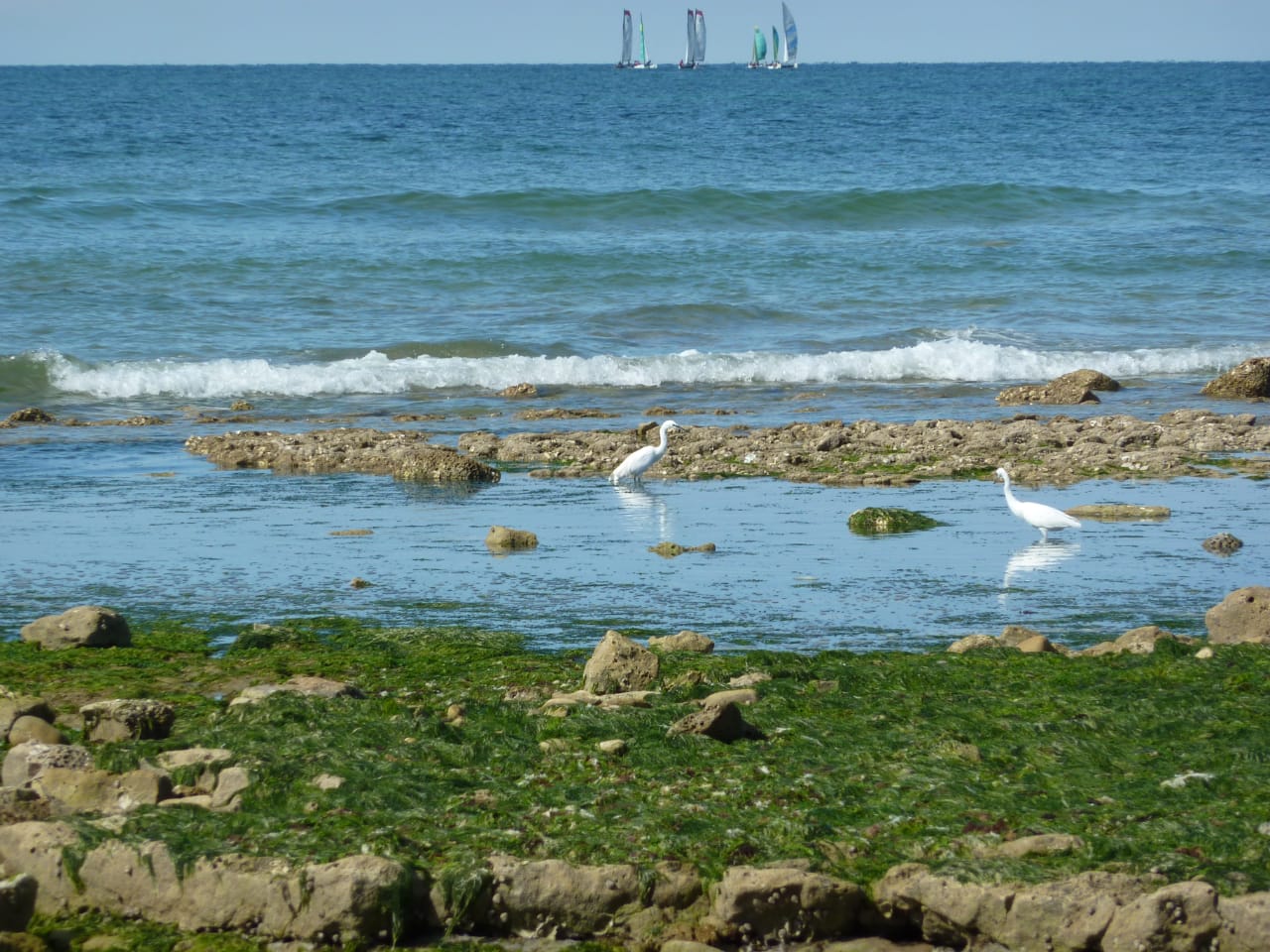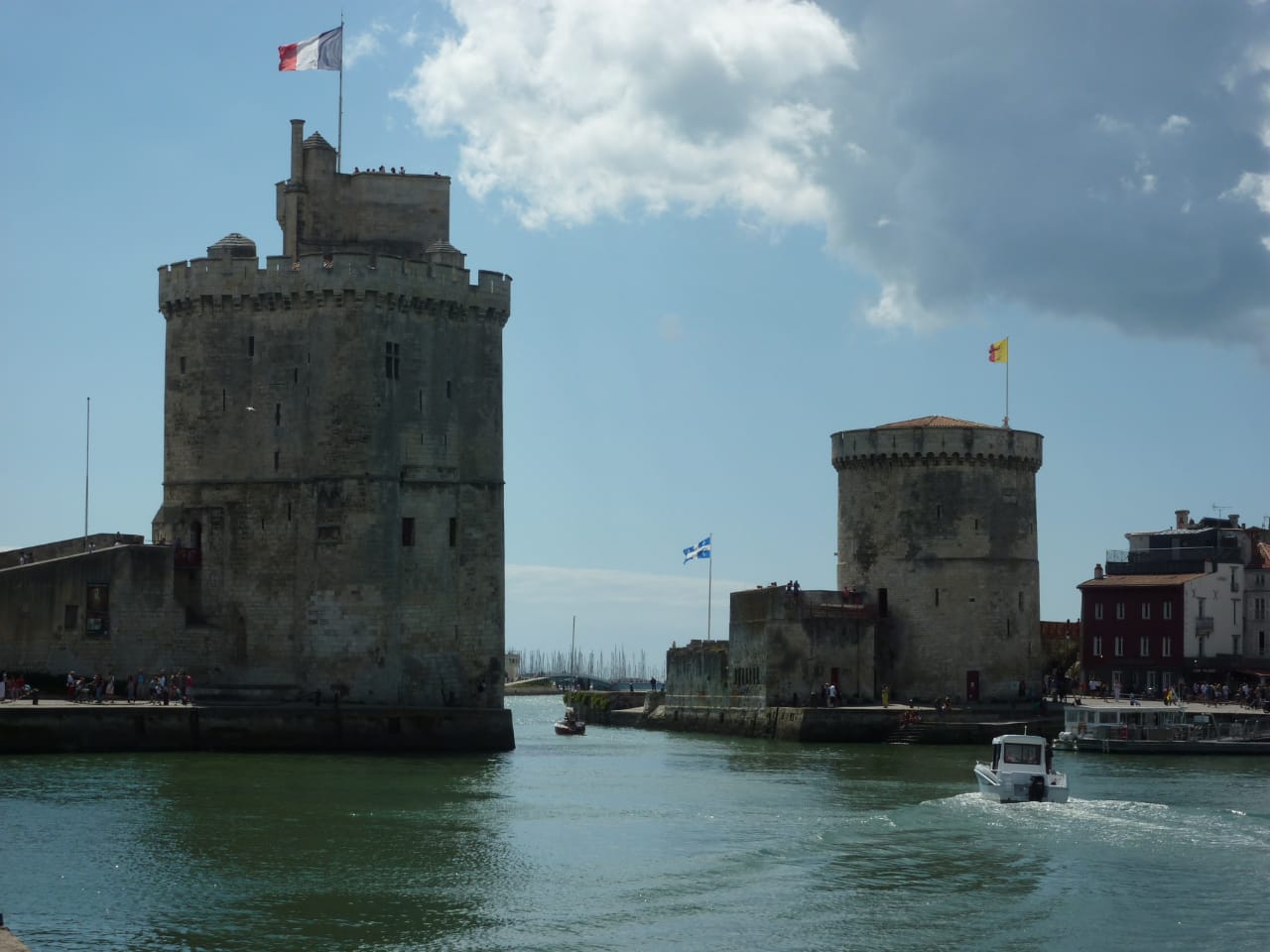If you want to see what a perfect eco-resort should be, you only have to visit the French Island of Re, or Île de Ré - this is its name in French. Almost thirty kilometres long and five kilometres wide, the island is covered with a wide network of bicycle trails and green eco buses shuttling on it. There are no crowds of tourists, it is a quiet and secluded area with a perfect harmony between a man and nature reigning here.
In addition to ecology and cycling, tourists come to Île de Ré to admire its beautiful landscapes, the freshest seafood and, of course, local wines and cognacs. Vineyards along with the salt fields and oyster farms occupy a significant part of the island.
Today, Île de Ré is a real paradise for tourists. Just about 16,000 people live on the island, most of them are the elderly who have moved here. But in summer, due to vacationers, the population of the island increases by more than ten times. Mostly the French come to the island, most of them drive here by their cars. Fortunately, there are many wonderful campsites on the island, and in 1988, Île de Ré was finally connected with a three-kilometre bridge to the city of La Rochelle we know from ‘The Three Musketeers’. Driving along it is an amazing experience as the high arches of its curved silhouette seem to hover over the Atlantic Ocean. By the way, you will have to fork out for a trip over the bridge, but don’t worry, the fee is symbolic, and the money will be used exclusively for environmental purposes. But travelling by a green eco bus on the island will cost you only 1 euro or will be completely free depending on the route.

Between two crowns
The bridge connecting Île de Ré with France is also a symbol. The island was far from always French, and in the 12th-14th centuries, it alternately belonged to either the English or French crown. The last attempt to take over the island in the 17th century was made by the Duke of Buckingham who sought, albeit unsuccessfully, to help the French Protestants in this way.
Today, the powerful fortifications built on the island at the end of the 17th century by French marshal and engineer Vauban remind of this confrontation between the two crowns. In the 19th century, the world famous Fort Boyard was built in addition to them - not far from the neighboring Island of Oleron (Île d'Oléron).
But the Île de Ré was not only under the British occupation, but also under the German one during the Second World War. The Germans, by the way, were the last to use the single-track railway passing through the entire island. The railway built at the end of the 19th century to transport both goods and passengers, lost its significance even in the 1940s, and right after the war, it was completely dismantled. It was in its place that most of the cycling trails appeared.
Hiking enthusiasts need to know that a bicycle is the main means of transport on the island, so where the footpath ends, you will have to go along the bike trail. And the cyclists, to put it mildly, do not enjoy this at all. But on the other hand, you can go around all the most beautiful places by a two-wheeler.
Saint-Martin-de-Ré, the ‘capital’ of the island, is included in the UNESCO Cultural Heritage List, it is interesting to see the fortifications and the citadel, wander through the historical streets, sit in the café in the old, very cozy port and have a cup of coffee or taste a chef's specialty - boiled mussels, or ‘moules’, how they are called here.
Whale beacons
A must-visit attraction on Île de Ré is the Far de Balen lighthouse, or the ‘Whale Lighthouse’, located in the remote part of the island. They say, earlier one could often see these huge mammals nearby.
In fact, there are even two lighthouses on the island - a historical one of the late 17th century - now it is a monument of history and architecture, and the second and more modern one of the mid-19th century. In fine weather, tens kilometres of the ocean can be seen from its almost 60-metre height.
In the same part of the island, the largest salt fields are seen, or rather, the reservoirs to evaporate salt; you can watch the whole process of ‘formation’ of mountains of these white crystals there.
It is equally interesting to just travel around the island and stop to see the vineyards, taste wild blackberries, take the sun on a deserted shore watching the rapid tides. A special experience is to go to one of the many oyster farms and enjoy the fresh oysters of all types and sizes served with lemon and white wine right at the farm.

On the way, be sure to drive through small but very beautiful villages, nice little white houses with green shutters and red tiled roofs, visit salt fairs, and ‘flea markets’ on weekends, which turn into real local festivals as the people have no other entertainments here.
This is the very 'petite France' (little France), the symbol of which is long-haired or ‘mammoth’ donkey in long ‘pants’ that usually fascinates the kids.
Get ready to answer at least two children's questions - ‘why the donkeys are shagged’ and ‘why are they in panties’? Shagged donkeys are a special Poitou breed. They have long hair and are also the fittest and friendliest animals. As for the panties, they were put on the animals that were used to collect laminaria on the shore, to protect against midges bites.
Today, these bright, multi-coloured, most often striped panties are primarily a tribute to tradition. Riding such a donkey is a great pleasure, and photos with the animal are a good decoration of any Instagram blog.


